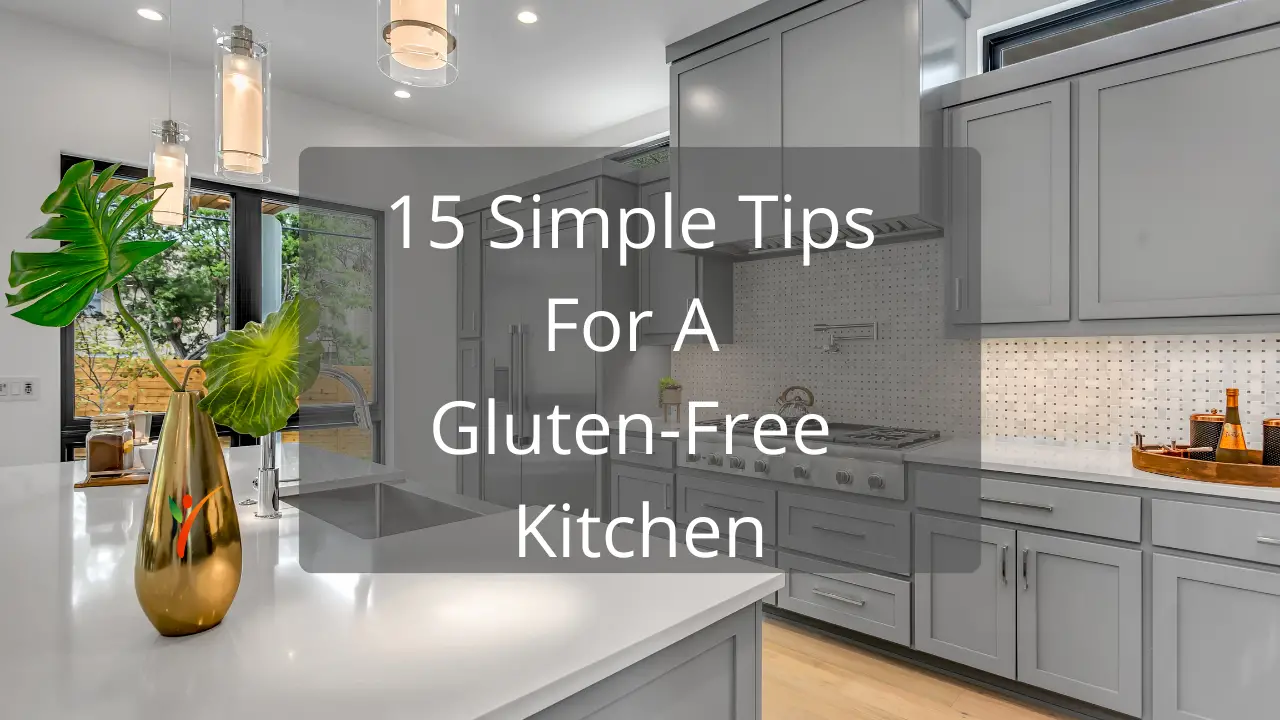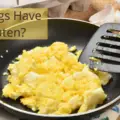If you're a celiac patient or just starting on a gluten-free diet, the smallest factors are crucial. One of these factors includes ensuring your kitchen is truly free from the risks of gluten.
Your kitchen is the primary area for food preparation and cooking, making it a prime endangerment for gluten cross-contamination. And if you're going gluten-free, the gluten hiding in your kitchen will disrupt your diet.
Thus, it is vital to make your kitchen a gluten-free space for your well-being and diet. The basics include clearing out any gluten-containing products and foods.
Simultaneously, you should also thoroughly clean your appliances if they've contacted gluten-containing foods or purchase new ones that haven't been contaminated.
For a beginner to the diet, this may seem a lot to do. But you can start one step at a time to simplify the process. Here are a few tips to get you started.
Taking Out the Gluten-Containing Baking Supplies

If you have flour or baking mixes containing gluten in your kitchen, throw them out or donate them. It's fundamental to tackle the flour you choose particularly closely. You will no longer be baking with wheat flour.
But, if you did (let's say for someone else in the house), the flour dust in the air can make you sick if you have celiac or gluten sensitivity. With this, you'll be breathing in and swallowing the tiny bits of flour.
Getting Rid of Open Ingredients
You must get rid of some opened packets of baking items such as sugar and baking soda. Unopened ingredients can stay in the kitchen, but opened containers might be a hazard.
They're likely to have some cross-contamination with gluten from the prior baking practices. Most individuals use the same spoon to weigh flour and other ingredients. If you were one of them and are recently switching to a gluten-free diet, you don't want to take the risk.
Saying Goodbye to Gluten-Containing Flour
You can keep gluten flour out of the kitchen from now on. Take out any flour and byproducts that contain wheat, barley, or rye. Even airborne gluten can make you sick, and flour can collect on clean surfaces as well.
Are you starting to worry about how to cook or bake the recipes that require flour? Switch to gluten-free flour; you'll eventually get comfortable baking your favorite brand, and prepacked mixes are increasingly convenient for baking and cooking. It's best if you read labels for any nasty ingredients that you shouldn't be eating. But, you can find some tasty and healthy gluten-free versions.
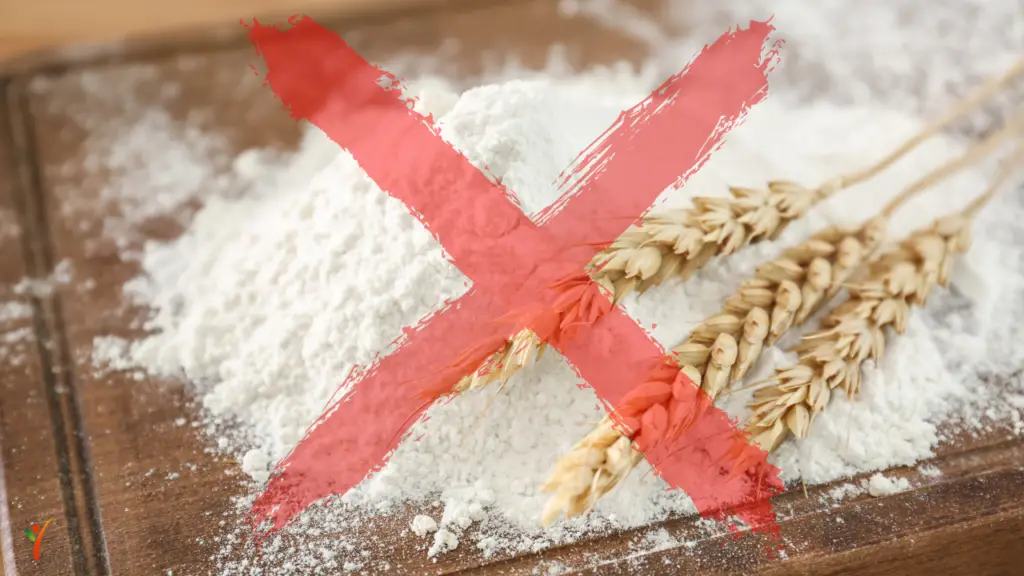
On the positive side, one of the main drawbacks of wheat flour is overworking the dough or batter. Overworking leads to hardening of the finished product, particularly with tender baked goods such as pie, cake, and bread. The benefit of gluten-free flour is that it's impossible to overwork the dough since no gluten is present to overwork.
Cleaning Out Your Pantry Of Other Gluten-Containing Products
Bundle all of your gluten-containing foods, including cereals, crackers, biscuits, cakes, bread, and everything else that contains gluten. It's necessary to do this if you are trying to make the entire kitchen gluten-free. However, don't let the food items go to waste. Donate them to nearby food banks. You can also give them to friends and family.
Communal Kitchen- What to Do?
It might be possible that not all of your household members are going gluten-free. If that's the scenario, don't throw away the gluten-containing ingredients and foods. The primary purpose is not to have the ingredients or appliances used for those too close to your gluten-free items. You can manage that easily by storing those items ideally in a separate cabinet. Keep the ingredients separate at all times so that there's no risk of accidentally mixing them or using them.
Create A Gluten-free Zone In The Kitchen
Again, it is unpredictable as to how and where the gluten enters the food from. If you keep the gluten-containing and gluten-free food separately, but in the same vicinity, that can cause gluten contamination. Your loved ones on a strictly gluten-free diet for their health needs should get a completely safe environment for their food. Gluten can transfer even when it is airborne. So even if you keep the surfaces clean and free of gluten, gluten is present in the air around the gluten-containing stuff.
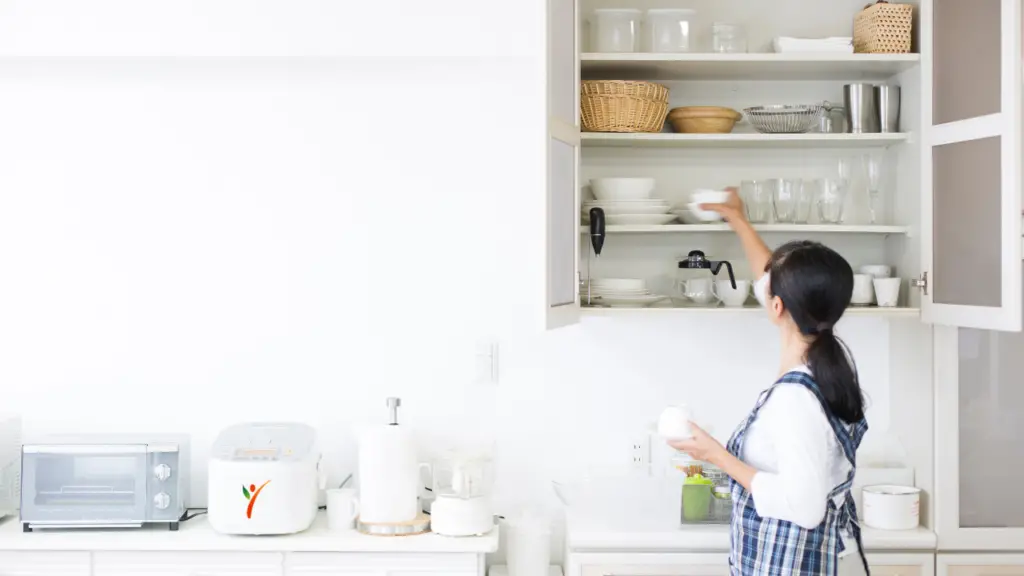
If you also keep gluten-free food or containers in the same surroundings, it is likely to transfer. So, if you create a gluten-free zone in your kitchen, you can store all the separate utensils and food items there without jeopardizing the health of your loved ones. This way, the surface, as well as the air around the gluten-free zone, stays uncontaminated.
Get a New Toaster
If the toaster in your possession has come in contact with wheat bread, you'll need a new one. It's difficult to clean out an already-used toaster to the point that it has no remaining gluten particles. It's easier to purchase a new toaster instead that has zero risks of cross-contamination. Don't make the error of assuming that designating one side of an established gluten-free bread toaster means no cross-contamination either. You can donate your gently used toaster to a second-hand store or a friend or family member.
Separate Dishwashing
If you do not use a dishwasher for your utensils but wash them by hand, you need separate washcloths. Your dishwashing sponge may absorb the gluten from the vessels' food and may transfer it to the gluten-free ones.
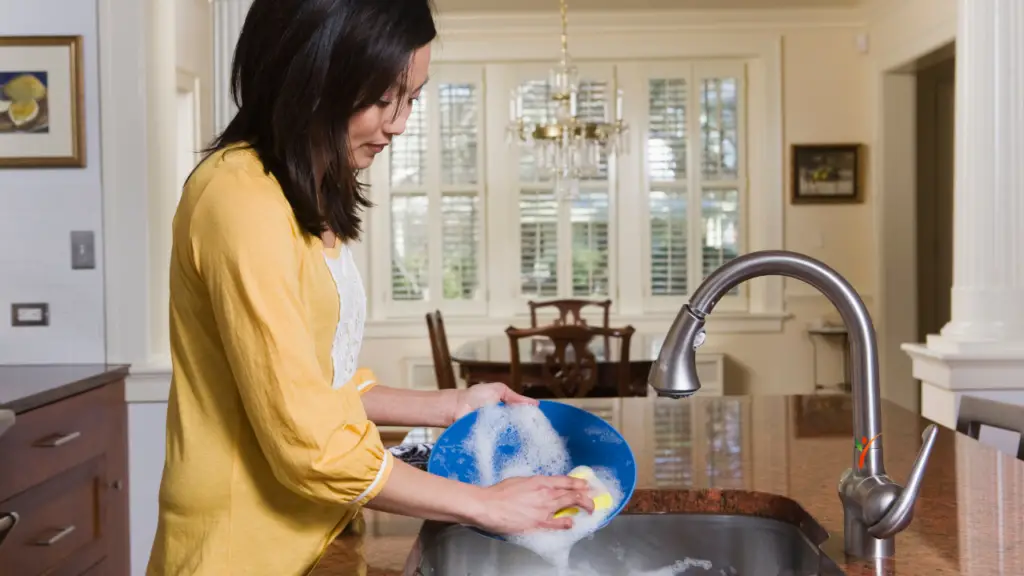
Using the same sponge for both gluten-containing and gluten-free vessels will only increase the risk of gluten contamination. So, it is best if you use separate sponges for washing both. Also, use a different storing dish for the sponges. You cannot risk the slightest amount of carelessness as it may lead to your loved ones' major health issues. Undoubtedly, it is always better to be safe and take extra precautions than to be sorry.
What About Opened Jars of Food?
Any cross-contamination in the form of gluten “crumbs” will likely be present in some opened condiments. Whether you store them in your refrigerator or cabinet, they might be contaminated. Purchasing new, fresh gluten-free condiments like jams and jellies, mustard, ketchup, peanut butter, margarine, and mayonnaise. Grab a gluten-free version of everything you like to use daily and keep them away from gluten-containing ingredients.
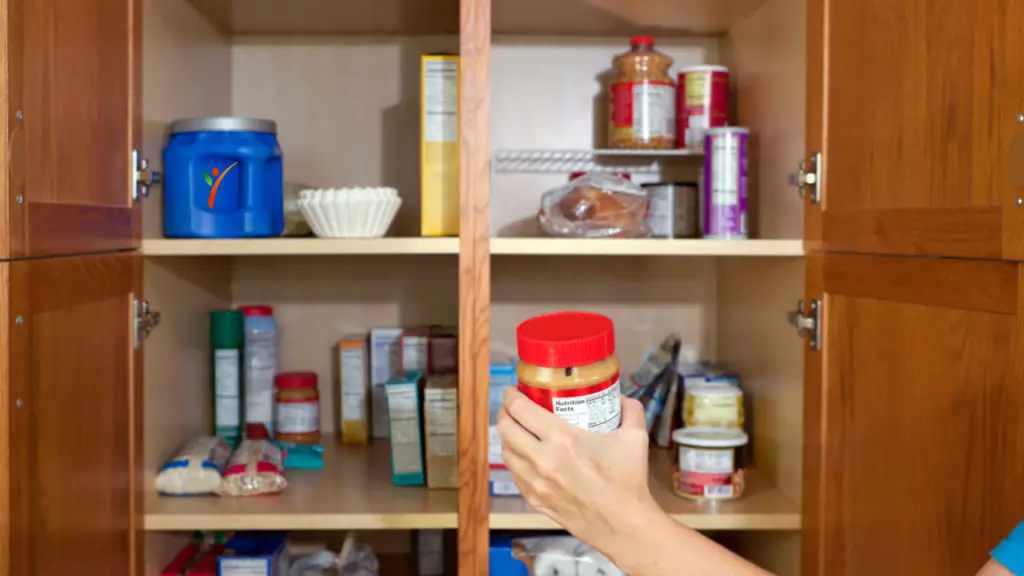
If you live with family and someone has celiac or gluten sensitivity, it is important to separate their food from the others. It will take a little adjustment from everyone in the family, but it needs to be done for safety. So, if you share a home or have celiac sickness, you must label all the kitchen food jars.
If you are planning on using a communal kitchen, you may need to mark the jars. This technique will help avoid unintentional mistakes from your friends and family. Many people with celiac disease claim that squeeze bottles perform well to eliminate cross-contamination. You will need to advise everyone not to touch gluten bread on the tip of the bottle. Yes, even anything as little as that can make you sick.
Replace Plastic Utensils and Non-Stick Pans
Plastic bowls and utensils scratch quickly, and these scratches are home to tiny quantities of gluten particles. No matter how well you clean them, it'll be of little use if you're going full-on gluten-free. Thus, the only solution is to purchase new ones, preferably glass, for your daily use.
For non-stick pots and pans and wooden utensils, the same holds- replace them. If you can ensure the new items don't come in contact with gluten, you can wash them thoroughly with soap after each use and place them in their separate cabinet.
Wooden containers and utensils are porous and therefore not a good option for anyone keeping their kitchen gluten-free. Using stainless-steel pans and stainless or glass bowls is healthier instead of opting for plastic too.
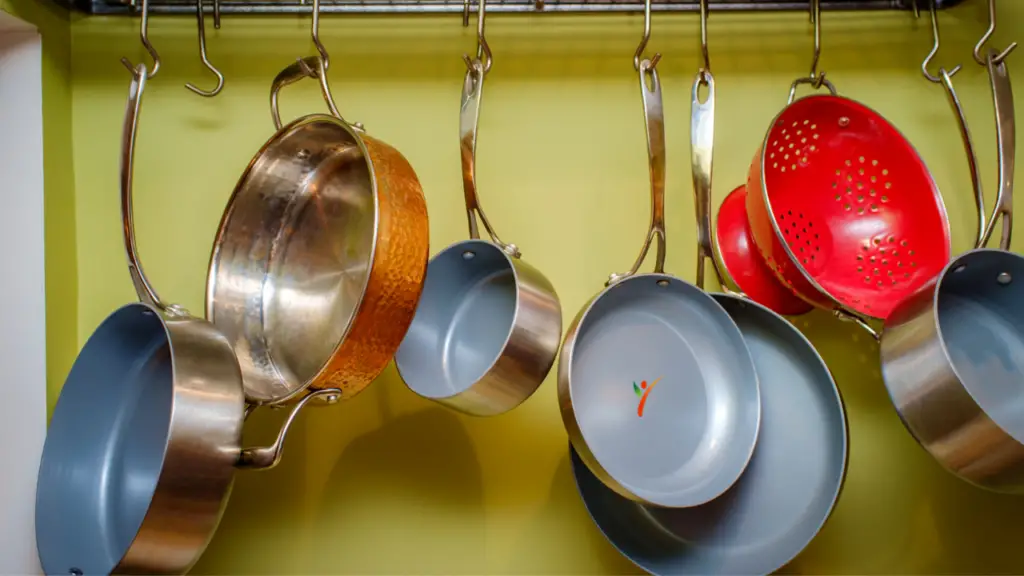
It goes for both gluten and gluten-free foods. If your kitchen has limited space, get these instead of plastic containers and clean them properly before use. Another item to replace is a colander since it's difficult to properly clean the tiny holes of a colander.
If the same cutting boards, cutlery, cooking vessels, etc., are used, gluten can stick to them. It can transfer any remaining gluten to gluten-free food. Therefore, ensure that you keep the gluten-containing food and cutlery away from the gluten-free ones.
Clean the Oven for Gluten Residue
Most people don't clean their ovens very often, or at all in some scenarios. Ovens are hubs for leftover gluten-containing crumbs on the bottom. These come from previously baked items containing gluten, or if you used the oven to prepare liquid or sauces that splatter, those are gluten containments as well.
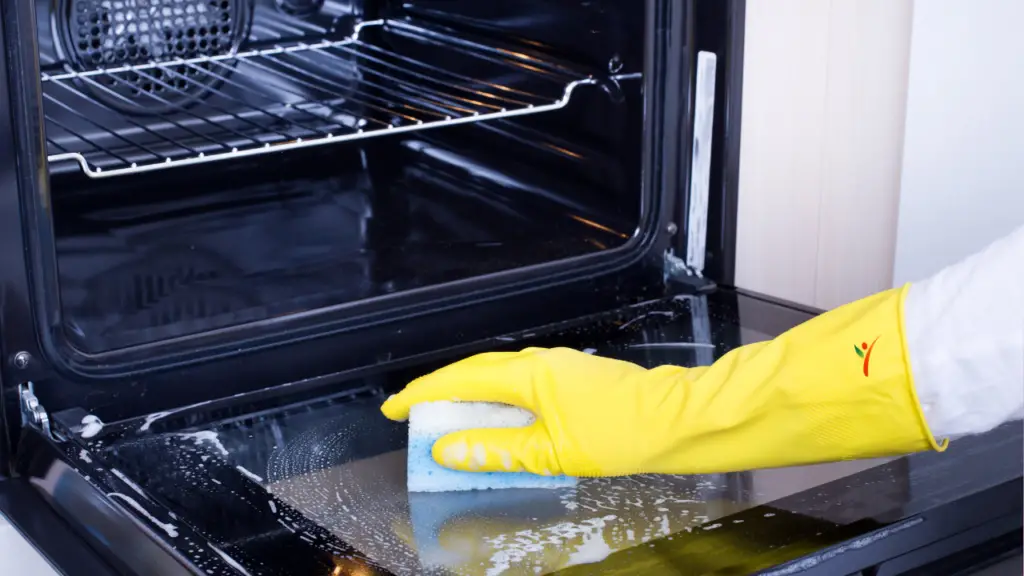
To complete the mission of making your kitchen gluten-free, thoroughly clean your oven and microwave. This way, you can relax after putting your fresh gluten-free pizza straight on the oven rack to prepare. Self-cleaning ovens have an inbuilt mechanism to kill the gluten protein at high temperatures.
But you should make sure you scrub everything, particularly the racks, very well. The drawers under the oven house crumbs as well, so don't forget to clean them too.
Wash Your Hands Frequently
It goes without saying that we should always be washing our hands, several times a day. It may come as a surprise, but this tip is just as useful for a clean, gluten-free kitchen. Your hands can also become a source of cross-contamination when working in the kitchen.
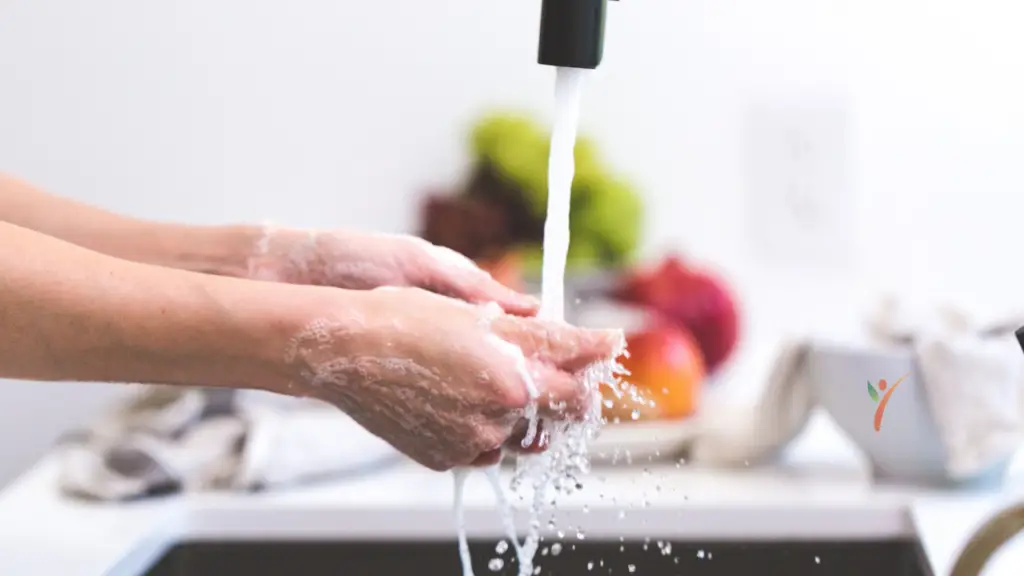
Whether you went out to eat or helping a friend in their kitchen, gluten can be on your hands. Even your daily grocery shopping where you touch gluten-containing items can become a cause for cross-contamination. For this reason, it's always safe to wash your hand regularly to wash away the gluten residue.
Don't Prepare Gluten with Gluten-Free Alongside
It is safer to prepare the gluten-free version first to avoid contamination of work surfaces, cutting boards, and cooking utensils. Preparing two recipes side by side, one containing gluten and the other gluten-free, is usually a hazard. But if you want to ensure that your meal is gluten-free without any contamination, it's advised to make the gluten-free food first to reduce the chances.
Don't cook gluten-free meals at the same time when you are cooking gluten-containing foods either. It's much easier to get confused or become a victim of cross-contamination than you think. Concentrate on one thing at a time. Keep everything aside, even water! Water used for making pasta includes gluten, don't add that in your gluten-free recipe.
Deep Clean Frequently
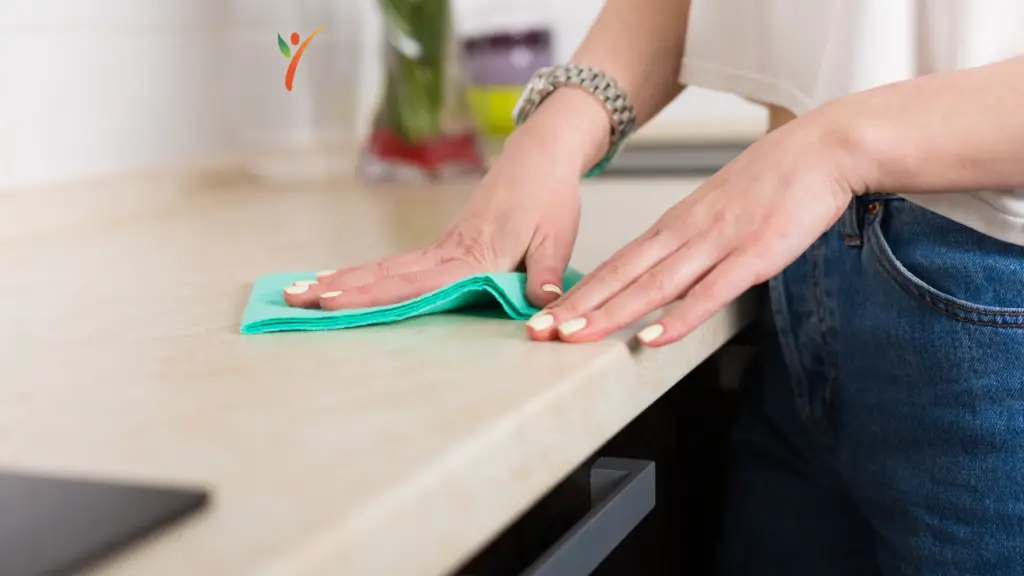
The emphasis on cleanliness cannot be emphasized enough, especially when talking about keeping a gluten-free kitchen. We have discussed how gluten can enter your food from any source. Even if you follow all the dish cleaning and cooking rules but ignore your kitchen countertop, you are probably making a mistake.
With a celiac patient in the house, your cleaning sprees need to get more frequent. If you are used to cleaning the kitchen countertop only once or twice a day, get ready to double or triple that number. It is best to clean your kitchen countertop as soon as you finish cooking any gluten-containing meal. Because if you leave it as it is, any gluten left behind on the countertop is likely to enter the gluten-free food if you are not careful enough.
The best is to deep clean it at least once a week and frequently do some light cleaning after every use.
Do Not Buy Gluten Containing Products!
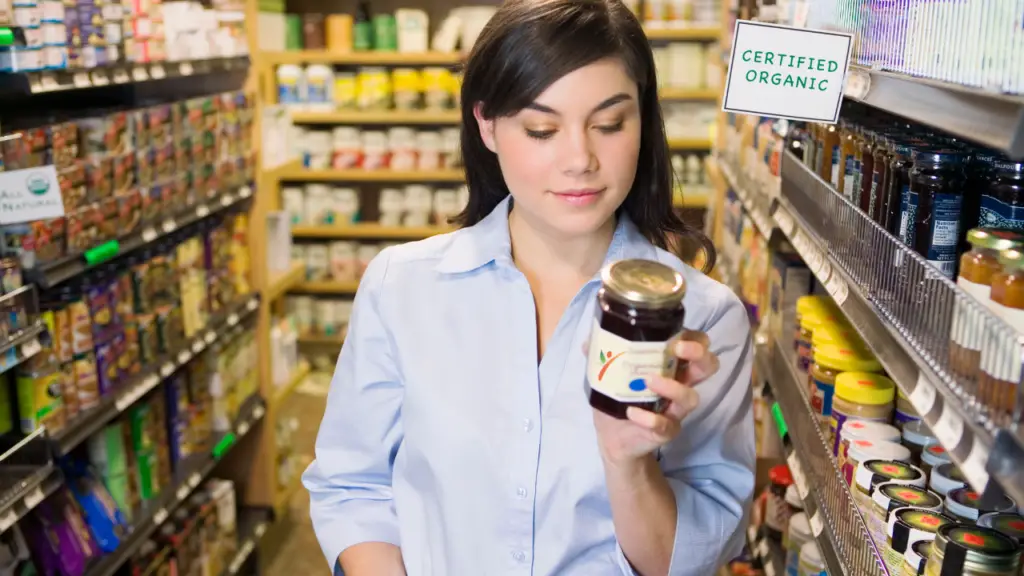
Well, the best way to maintain a gluten-free kitchen is not to let any gluten-containing food even enter your home! If some people in the house need to go gluten-free while the others do not, try having everyone go gluten-free for a while. They may find they also do great on a gluten-free diet.
If you do not let gluten-containing food enter the house, the chances of gluten contamination drastically reduce. Even if you do not buy readymade gluten-containing food, separate ingredients might have it. Drinks and beverages made of grains also might have gluten in them.
The best way to keep gluten out is to check and double-check package labels thoroughly. Ensure that you buy food and ingredients only from trustworthy and exclusively gluten-free sources.
Thankfully, with the increase in demand for gluten-free food and products, more and more food manufacturers produce gluten-free food. Find out if your local shops stock up on gluten-free food, or you can even order online.
Final Words
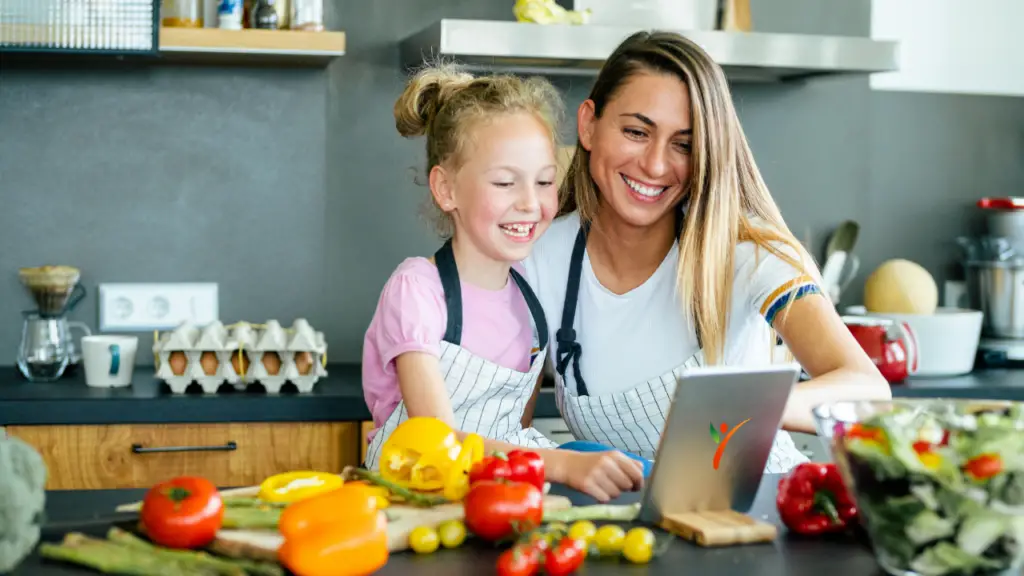
Eating gluten-free can be challenging, especially when people in the same household have different preferences. But with there being a person who has celiac in the house, the benefits of a gluten-free kitchen are many.
The littlest amount of gluten contamination can be extremely harmful to those with gluten sensitivity or celiac. A small amount of gluten in their digestive system can trigger a bad reaction. So, it is always better to take the necessary precautions, however difficult they may seem at first.
Even for those without sensitivity to gluten or celiac disease, a gluten-free diet can be beneficial at times. But if you must adopt it, make sure that you consult your doctor and then go ahead with it. A gluten-free diet lacks certain nutrients, which you must supplement through other sources. But otherwise, a gluten-free diet is quite healthy to follow.
It's not as hard as you may think to make your kitchen gluten-free. Yes, you will have to ensure a few extra things. But once you've them done, you can easily manage to maintain a gluten-free kitchen.
Try following the above tips for maintaining a gluten-free kitchen. You will find that most of your problems related to gluten would vanish. After all, creating a safe space for yourself or loved ones is an essential thing to do!

